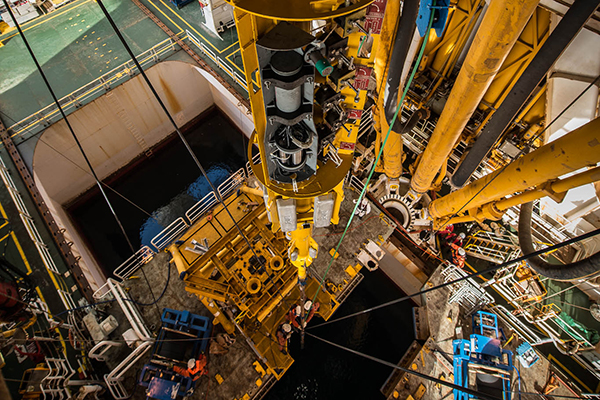
Full Text:
Understanding "slow-slip" earthquakes on the seafloor--seismic events that occur over a period of days or weeks--is giving researchers new insights into undersea earthquakes and the subsequent creation of tsunamis. Two tectonic plates, the Pacific Plate and the Eurasian Plate, meet at the seafloor off the coast of Japan.
In this ocean trench zone, the Pacific Plate slides beneath the Eurasian Plate. Such subduction zones are often associated with large earthquakes. According to one geoscientist, when the region near an ocean trench slips in an earthquake, it has the potential to generate a large tsunami.Image credit: Dick Peterse, ScienceMedia.nl